Last Chance to Catch NYC's Holiday Notalgia Train
We met the voices of the NYC subway on our nostalgia ride this weekend!


The Stonewall Inn, the birthplace of the modern gay rights movement, survived the coronavirus pandemic and remains open as a space for all members of the LGBTQ+ community to live out the legacy of those who fought for their equality. Following riots that ensued in the early hours of June 28, 1969, many members of the LGBTQ+ community found the courage to speak out against legislation and leaders who oppressed them. This encouraged a movement for LGBTQ+ rights that continues today.
52 years following the riots, New York City celebrates Pride Month by flying Pride flags and holding a parade, which will be on June 27th this year. Those who want to visit Stonewall Inn can do so and celebrate with New York City residents along with tourists who are proud to be part of or an ally of the LGBTQ+ community.
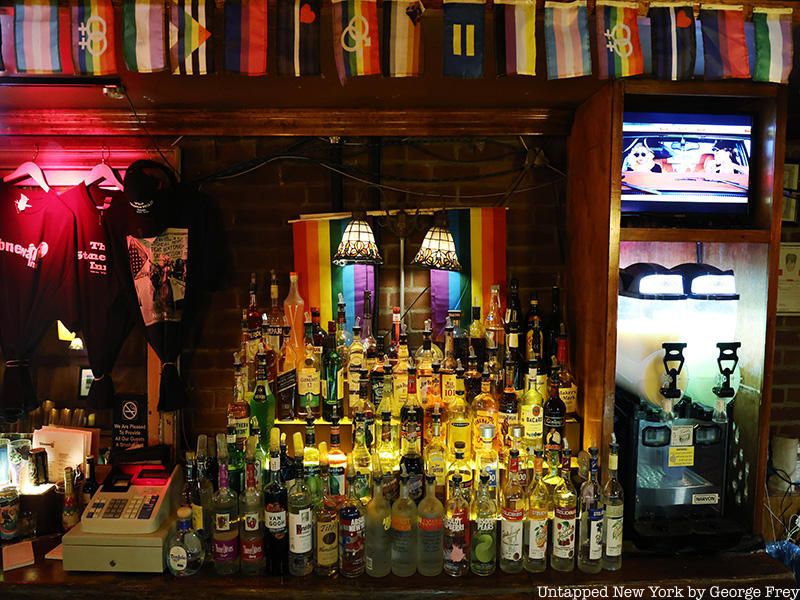
Bonnie’s Stonewall Inn was initially located at 91 Seventh Avenue South. Here, owner Vincent Bonavia opearted the inn as a Speakeasy during the Prohibition era and sold light meals and beverages. The police raided in 1930, shutting it down. Prohibition would later end in December 1933.
When Bonnie’s Stonewall Inn reopened at 51-53 Christopher Street in 1934, it finally legally served alcoholic drinks. Popular myth says that a lesbian named Bonnie owned the joint, but this has been proven false. It was only years later that the hidden tavern became a safe haven for members of the LGBTQ+ community.
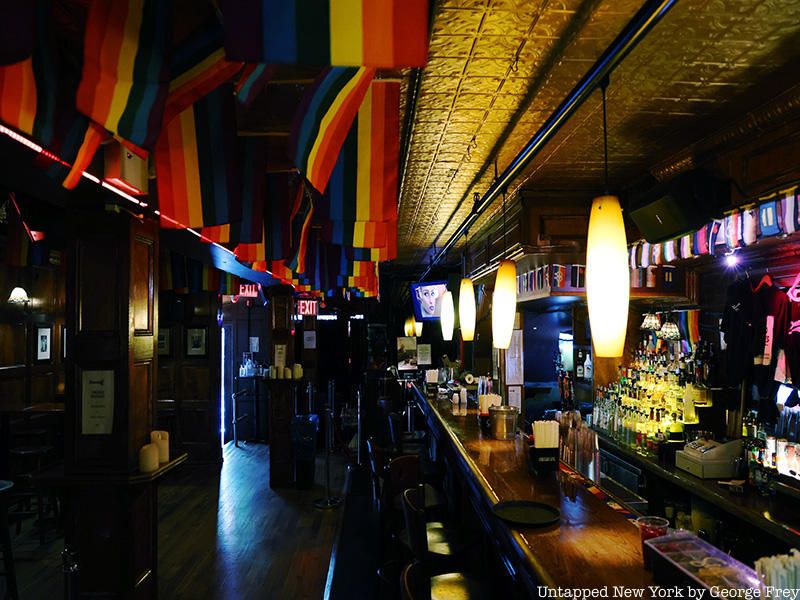
When policemen raided Stonewall in the early hours of June 28, they did not realize a riot would ensue. As officers started to make arrests, few people cooperated. After escorting all outside of the bar, around 150 customers stayed rather than quickly dispersing. When a woman refused to enter the police wagon, one of the eight police officers on scene hit her in the head.
As chaos grew, the crowd increased to 600 people. Rioters threw pennies, beer bottles, and bricks at the police wagons and at Stonewall Inn. It was at this point that the policemen entered the bar for safety even though they had raided it only hours before. They had entered Stonewall to raid it only hours before, and once backup arrived, they freed the policemen.
In 2016, 47 years after the Stonewall Riots, Stonewall Inn became a National Monument. The Inn is now commemorated as the birthplace of the modern lesbian, gay, bisexual, transgender, and queer civil rights movement. Before the riots, few felt safe coming out. However, when the brave Stonewall Inn customers rebelled against the police on July 28, 1969, they paved the way for other members of the LGBTQ+ community to follow in their footsteps. The 412th unit of the National Park System honors this courage.
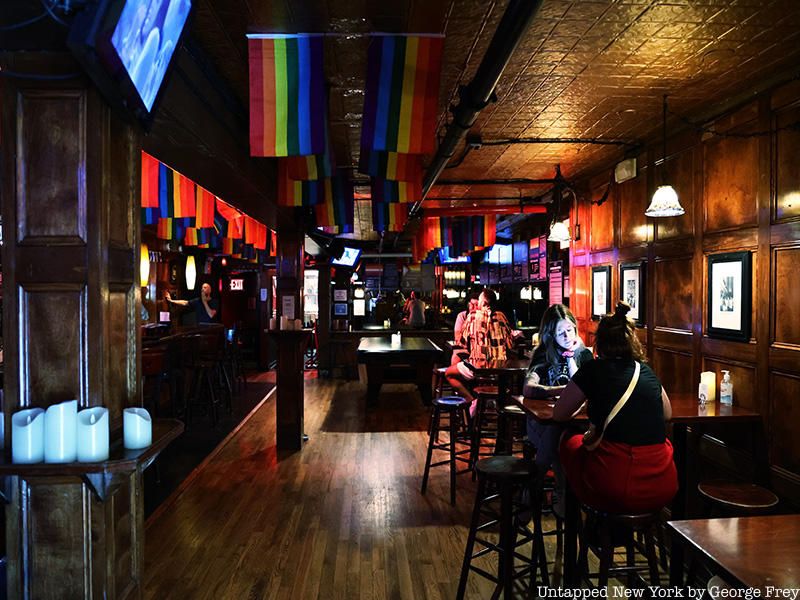
Before Stonewall Inn was a gay bar, a restaurant stood in its place. However, a fire destroyed the restaurant and forced it to go out of business. When a man named Tony reopened Stonewall, he kept the concrete wishing well in its place as another way to make a profit.
Although everything within the bar was destroyed during the Stonewall Inn Riots, veterans of the bar recall the wishing well at the entrance. Perhaps some of them wished for the strength to fight back against the discriminatory laws that negatively impacted their lives, for they rebelled in late June two years following the bar’s opening.
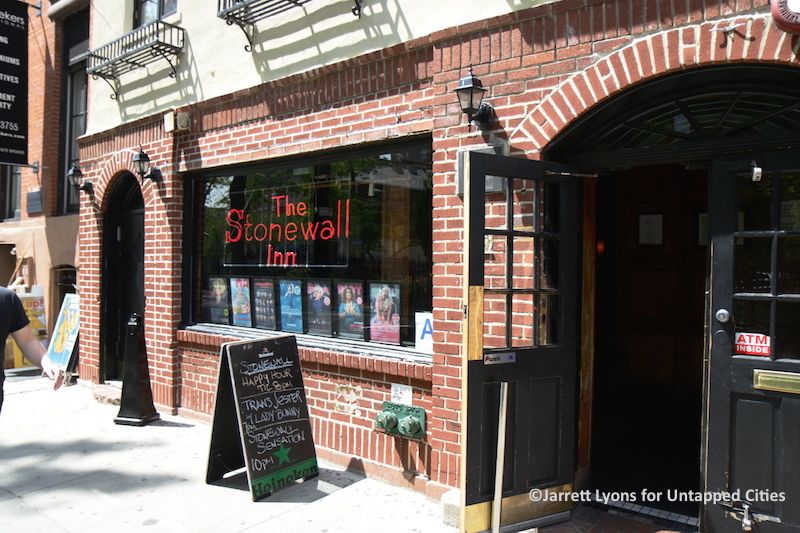
Gay bars were not legal in New York City until 1967. During this time, members of the Mafia were willing to run gay bars (for business reasons predominantly, not altruistic ones necessarily).In order to stay open, the Mafia would pay the police to ignore them or give them alerts before raids. This price only took a small amount of their profits from the drinks, coat check, and jukebox.
When Stonewall visitors arrived, however, they had to sign their name on a list. This list allowed the owners of the bar to keep track of their customers and command a sense of exclusivity. This only worked so well as the names “Judy Garland” and “Donald Duck” often appeared on the list. Guests rarely used their real name.
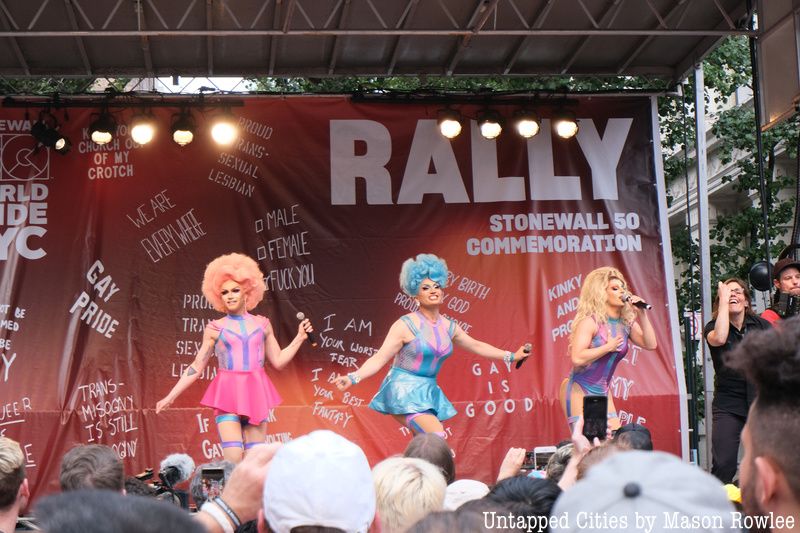
Homophobia and transphobia permeated New York City during the 1960s and decades proceeding them. This fear sparked the revival of the Masquerade Laws, which punished those who had their face painted or concealed. The United States government created these laws in 1845 after farmers disguised themselves as Native Americans in order to avoid tax collectors.
When policemen arrested individuals on account of the now “three-article rule,” it was because they were crossdressing. According to law enforcement, individuals wearing fewer than three articles of clothing were subject to arrest. The law was not taken off the books until 2020 when New York State Attorney General Laeticia James supported the push to repeal the law, in connection to public health mandates in the coronavirus pandemic.
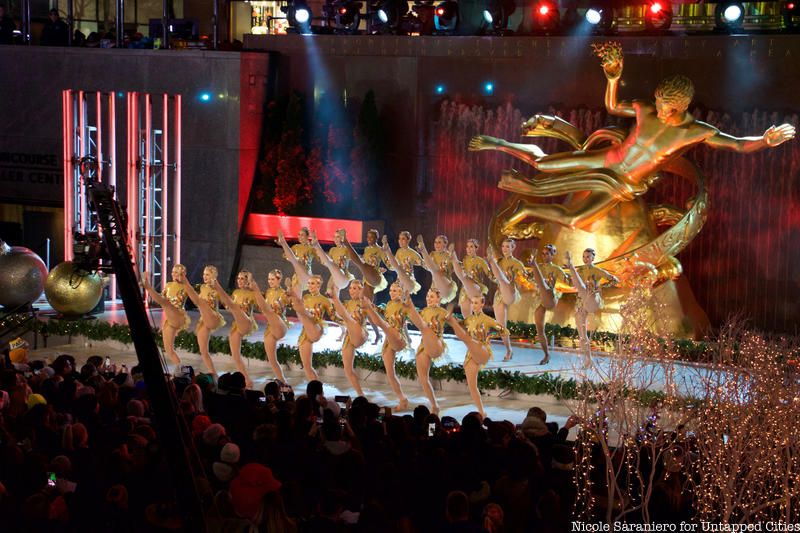
Although many who remember the Stonewall Riots disagree on the details of the night, some can recall the kickline that broke out amidst the chaos. As members of the LGBTQ+ community fought for recognition, many finally felt that they could share their identity with the world after hiding it everywhere except the Stonewall Inn.
With this pride came celebration amid the violence. Many rioters joined arms and attempted to imitate the Rockettes. As others threw bricks around them, they sang “We Are the Village Girls” as their legs rose in the air.
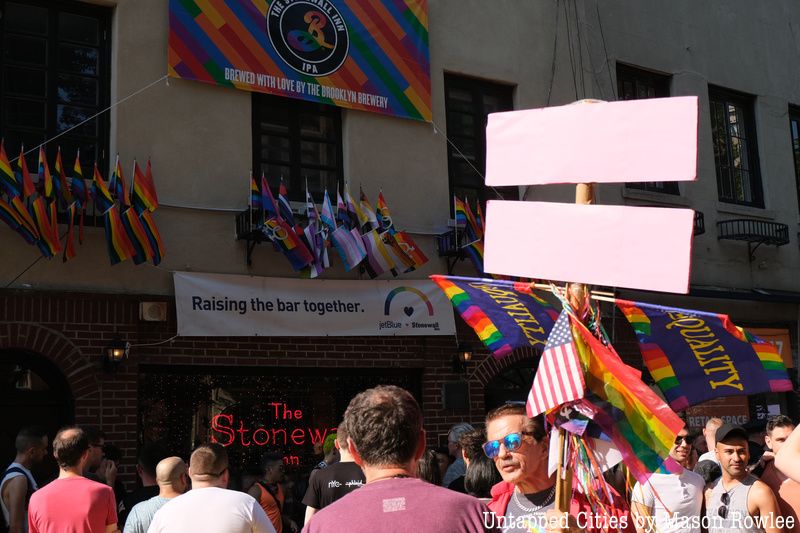
Homeless LGBTQ+ teens in the late 1960s often had no place to go. Thankfully, for $1 on weekdays and $3 on weeknights, these teens could spend the whole night in The Stonewall Inn. Although they had to sign in like all the other customers, once they entered the bar there was no pressure to leave. A limitless jukebox and dance floor also made the space desirable.
These homeless teenagers were important contributors to the Stonewall Riots. Fueled by their personal struggles and frustrations, they fought alongside trans men and women, drag queens, gay men, and lesbians. Many of these teenagers are now part of the Stonewall Veterans Association.
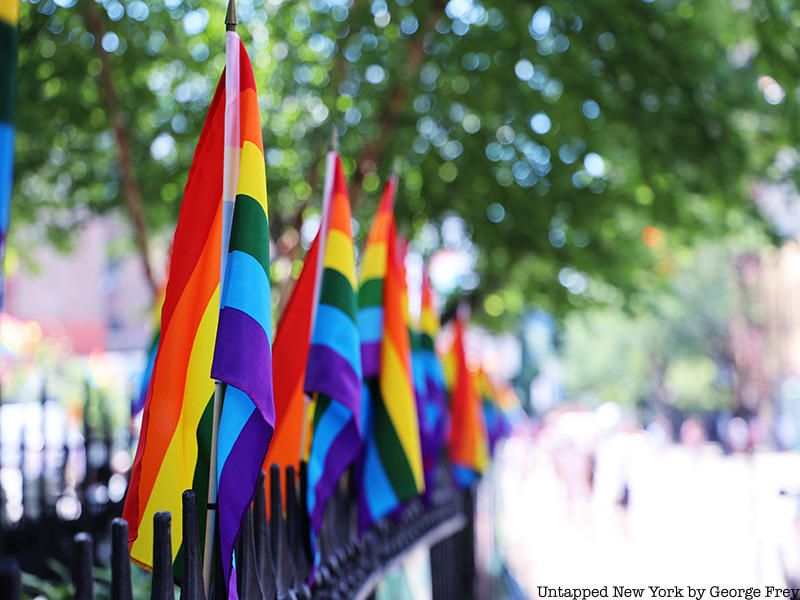
The LGBTQ+ community revered actress Judy Garland because they felt many of her struggles with addiction and love paralleled their own. When her funeral occurred on June 27, 1969, many members of the LGBTQ+ community showed up to mourn her death. Following the funeral, some went to The Stonewall Inn to mourn or try to lighten their mood. It is for this reason that many believe her funeral is one of the reasons the police raid turned into a Pride riot in late June.
Although her funeral is not the only reason the riots occurred, the increased emotions on that day may have sparked the rally for gay recognition. Whether her funeral contributed to the riot or not, the changes for the LGBTQ+ community that would follow were long overdue.
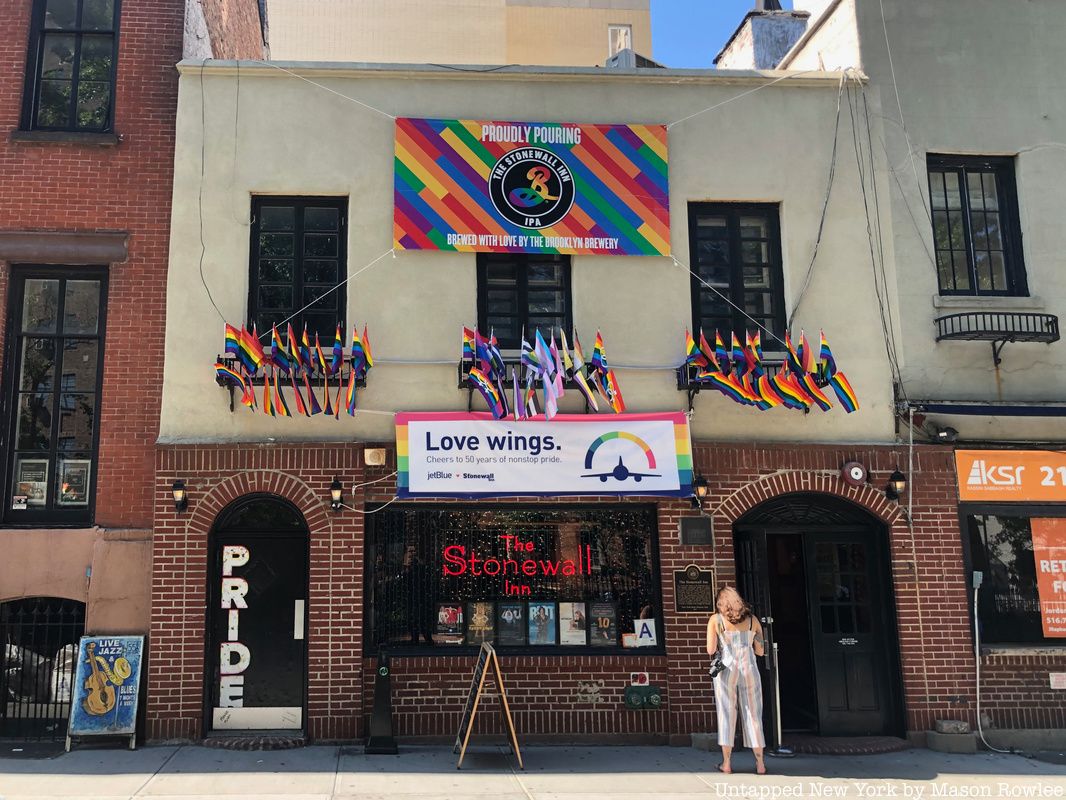
The Stonewall Inn closed shortly following the riots. Although the closing was only loosely related to the riots, it would be years until the LGTBQ+ could safely let loose in their sacred place. Until 1990, venue owners occupied the space, including a bagel shop, a Chinese restaurant, and a clothing store.
In 1990, a new bar opened in the space called New Jimmy’s at Stonewall Place. Following a year of business, the owner changed the name to Stonewall Inn. Since the name change, the Stonewall legacy has lived on. On June 24, The Stonewall Inn will unveil the National LGBTQ Wall of Honor that will honor the “pioneers, trailblazers, and heroes” of the community.
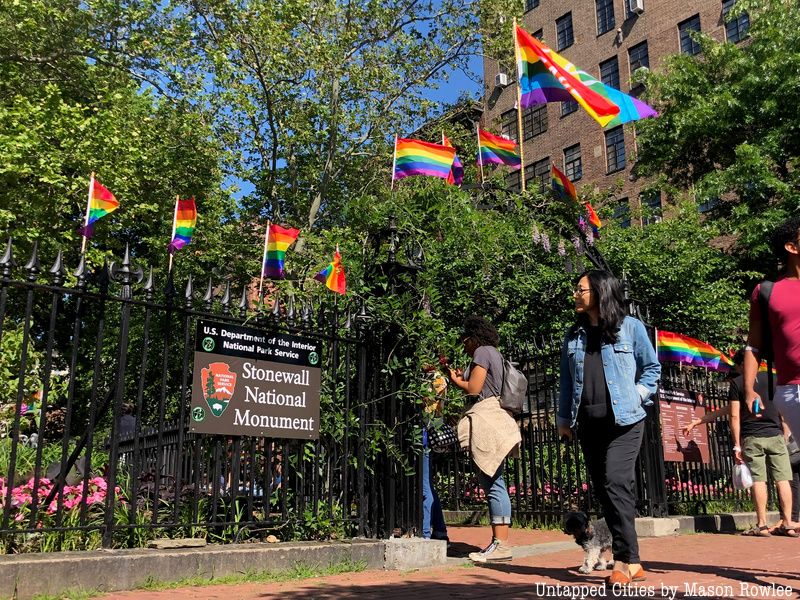
Although the original Stonewall jukebox no longer exists, members of the Stonewall Veterans Association compiled a list of songs that customers often played from it. This playlist, called “Songs of The Stonewall,” contains 40 of the most popular songs from the jukebox.
Many of the songs champion feelings. of happiness, love, and promiscuousness. Regulars at the bar often changed lyrics to reflect aspects of their sexual identity. Popular artists from the playlist include The Foundations, The Flirtations, The Temptations, and Diana Ross & The Supremes. To celebrate Pride Month, anyone can listen to this playlist or visit Stonewall Inn themselves.
Next check out 10 notable LBGTQ+ landmarks in New York City!
Subscribe to our newsletter